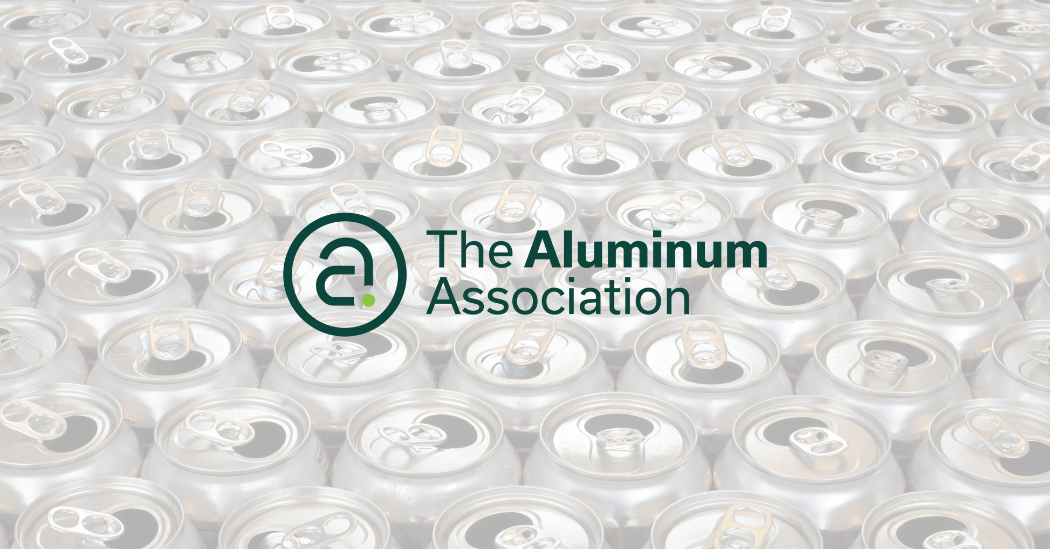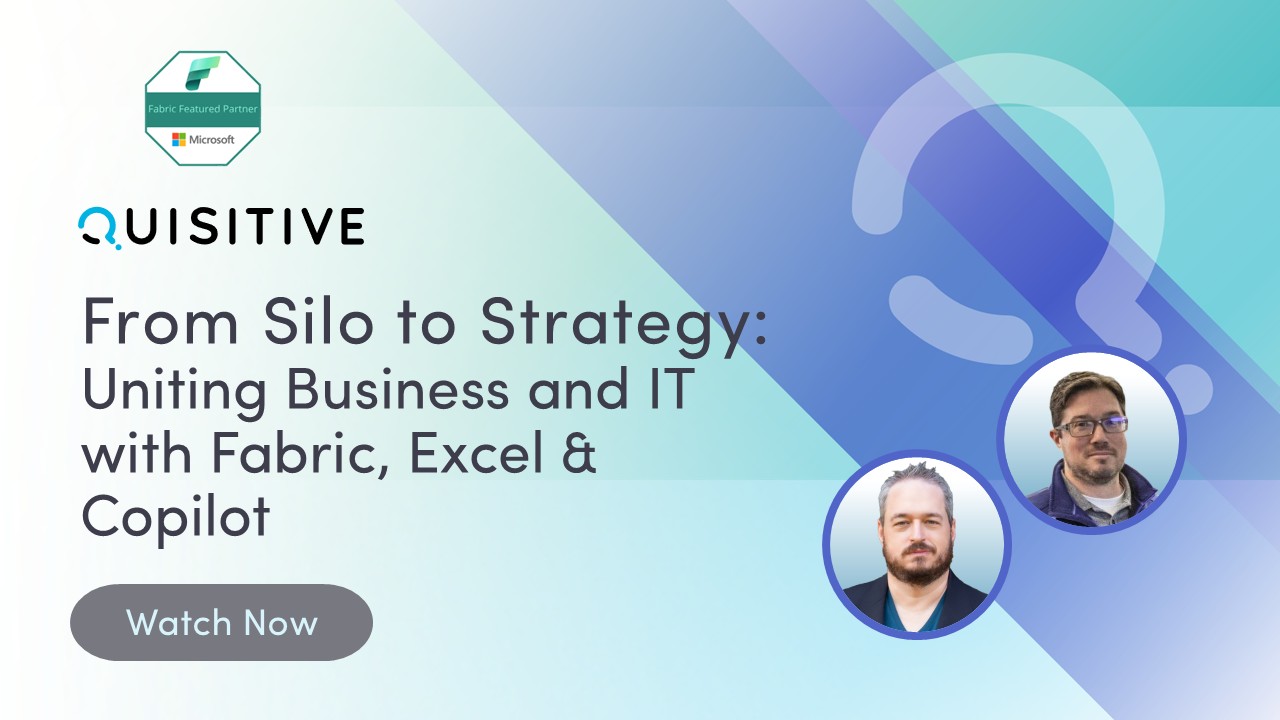Welcome to the “Introducing” series (check here for the full list of blog posts in this series). Today we will do an introduction to the third Cloud that Microsoft provides. In this blog post, we will introduce Azure and the services that it provides!
Azure:
In the Introducing Cloud Computing and On-Prem Computing blog post we explained how on-prem computing and cloud computing are different with regards to the services which IT organizations provide. Microsoft Azure is an example of a Cloud Computing platform.
From a high-level, Microsoft Azure is a cloud-based computing service provided via Microsoft-managed data centers. Azure’s services are generally split into the following major buckets:
- Infrastructure as a Service (IaaS): This is a virtual machine that you are running in the Cloud. These can be servers or workstations and they mirror on-prem virtualization technologies such as Hyper-V or VMware.
- Platform as a Service (PaaS): This provides a platform allowing customers to develop, run and manage their own applications without having to assemble the underlying Infrastructure.
- Software as a Service (SaaS): This provides a software package which is generally available via a thin client or a web browser.
One of the best ways I have seen to compare cloud computing versus on-prem computing is the concept of Pizza as a Service (shown below). The Pizza-as-a-Service example shown below was firstly introduced by Albert Barron in 2014 as a visualization of the differences between various cloud services. This graphic provides a useful analogy as to what these core pieces of the cloud mean in comparison to traditional IT.
- “Made at home”: You are responsible for all layers in the creation of the pizza including providing the ingredients through where the pizza will be eaten. This means you are buying all of the ingredients, putting them together, baking the pizza and eating the pizza at home.
- “Take & Bake”: You now are only providing part of the services as you picked up the existing pizza – you now just need to cook it and provide a place to eat the pizza. An example of this is a company like Papa Murphys.
- “Pizza Delivered”: You are only responsible for providing a place to eat the pizza. An example of this would be your local Dominos pizza place.
- “Dining out”: You are not responsible for any of the steps involved in the creation or prep for the pizza as you are going out to a restaurant. An example of this would be somewhere like my favorite in Chicago: Lou Malnati’s.
(NOTE: If any pizza places want to sponsor my blog or just send me free pizza for the above advertising I wouldn’t be opposed to that )
These mirror the concepts in terms of IT. The four major sections of the Cloud Models are detailed below.
- On-Premises: As you start on the left in the traditional on-prem configuration you are responsible for all layers of IT from the networking stack all the way up to the applications which are being provided. You may also be responsible for the data center, power, Internet service, and other underlying aspects.
- Infrastructure as a Service: In IaaS (Take & Bake) the cloud vendor is responsible for the stack from networking through virtualization and your IT team is responsible for the Operating System (OS) through the applications. Common uses of IaaS are testing environments, development environments or hosting of a website.
- Platform as a Service: In PaaS (Pizza Delivered) the cloud vendor is responsible for the networking layers through the runtime layer and your IT team is responsible for the data and the applications. PaaS is commonly used to test, build and deploy applications for an organization.
- Software as a Service: In SaaS (Dining Out) the cloud vendor is responsible for all layers from the networking through to the application layer. A common example of SaaS is a web-based email service such as Outlook, Hotmail or Gmail.
cloud services
- Pricing/available plans for Azure:
- Information on licensing for Azure is available here.
Additional resources:
If you would like to delve deeper into this concept I recommend the links added above as well as a great beginner’s guide to cloud computing from Microsoft. Additionally, the study guide for one of the Azure certifications (AZ-900) provides excellent information in this area.
Thank you to Chad S, Laurie B and Beth F for their help on this blog post!
Series Navigation:
- Go back to the previous article in the series: Introducing the second of three Microsoft Clouds: D365
- Continue to the next in this series: Introducing certification for Azure and how to get started with Azure

;)



